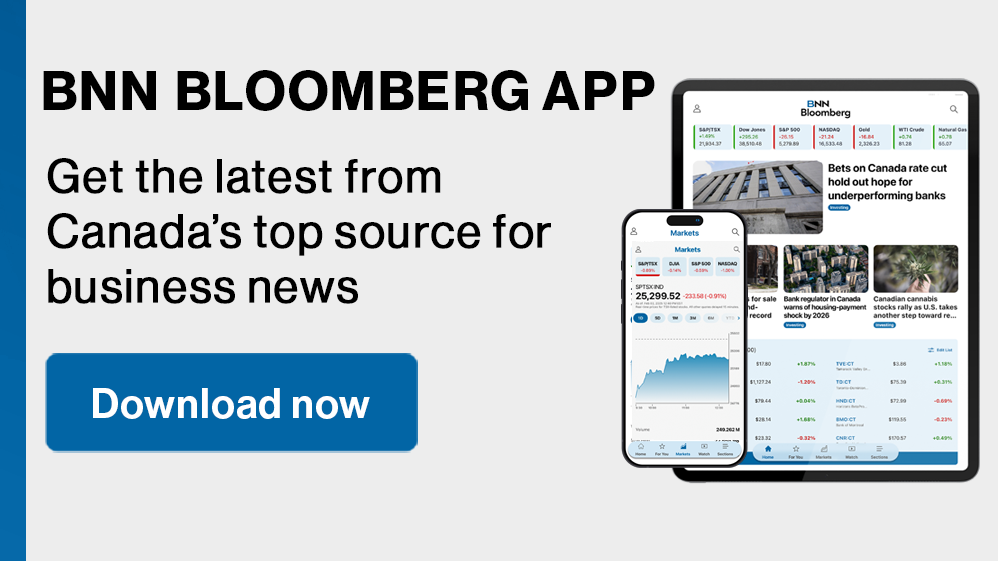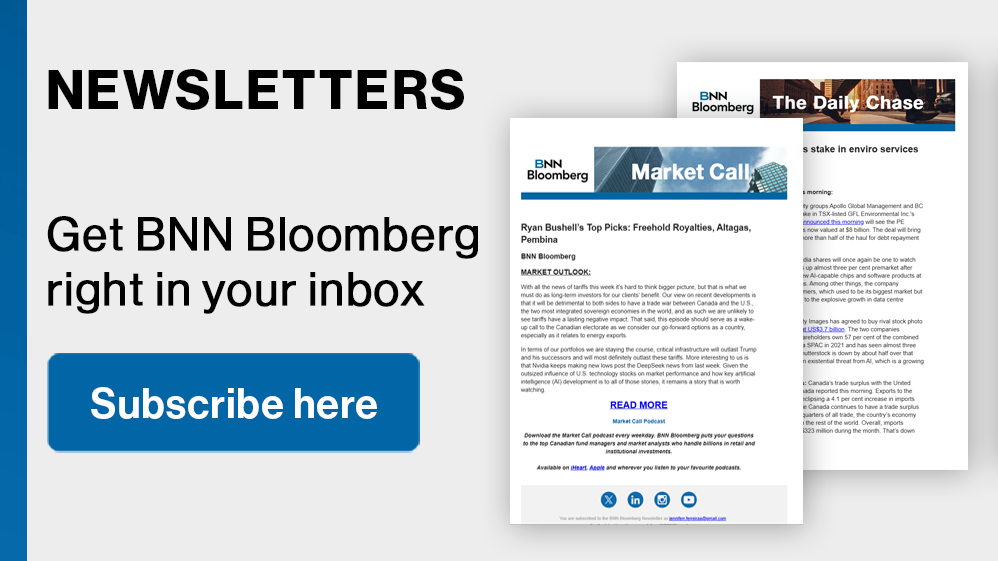(Bloomberg) -- Some of the world’s most sought-after hedge funds are handing back billions of dollars to clients — presenting opportunities for smaller peers to seize the flow and grow.
The likes of D.E. Shaw & Co., Point72 Asset Management, Citadel and Element Capital Management are returning about $15 billion as they try to remain agile enough to move in and out of their bets.
“That money is kind of spilling over into the second level. And this is more or less our daily task to find those managers who are probably running one or two billion and now getting one over the next 24 months,” said Marcus Storr, head of alternative investments at FERI AG, which manages €61 billion ($63.6 billion). “This is our task, to find the second row diamonds.”
Hedge funds managing between $1 billion and $3 billion performed as well as their larger counterparts last year, according to data compiled by fund administrator CITCO — giving those firms the best shot at the cash leaving the biggest players.
In a first, Steve Cohen’s Point72 is planning to give back as much as $5 billion after assets rose to $37 billion, according to a person familiar with the matter. D.E. Shaw is preparing to return billions of dollars too, while Element returned $6 billion last year, Bloomberg has reported.
Bridgewater Associates has also returned some capital to clients and its flagship Pure Alpha fund is closed to new money, according to a person familiar with the matter.
Citadel, meanwhile, invited clients to cash out profits after a 15% gain in its flagship strategy last year, although the vast majority opted to keep their money in the multistrategy hedge fund. Only about $300 million exited the firm.
The situation reflects a major split in the $4.5 trillion hedge fund industry: a vast majority remains starved of capital — investors have pulled almost $70 billion from hedge funds overall over the past five years — while a small number have been flooded with cash. That select group now fear running too much money will harm returns. Staff shortages, limits on leverage and a war for trading talent have also put serious limits on the large firms to keep growing.
Pieter de Weerdt, who leads Antarctica Asset Management that invests in hedge funds, said his firm grew assets by 50% last year but could have done even better. “With more capacity from brand names, we would likely have doubled.”
It’s not the first time capital has recycled through the hedge fund industry. A similar wave over the past decade pushed money into multistrategy firms, which have grown at an unprecedented rate as investors, known as limited partners or LPs, sought steadier returns and a diversified exposure to markets.
“Let’s face it: that was driven by the fact that we in particular were returning billions of dollars of capital a year back to LPs. They were looking to put that money to work,” Citadel’s Ken Griffin said in an interview in November, adding that the era of explosive growth in multistrategy hedge funds was over.
Goldman Sachs Group Inc. estimates 53 multistrat firms manage $366 billion between them, up from $134 billion in 2017. Some have grown at an even faster pace. Verition Fund Management now manages over $11 billion, up from about $1 billion in 2018. Hudson Bay Capital Management has recorded a more than eight-fold surge in capital to about $20 billion in seven years, according to investor documents.
Citadel, which manages $65 billion, hasn’t been actively raising money for years. The firm along with the likes of D.E. Shaw, Millennium Management and Element have returned more than $50 billion in recent years.
It’s not just multistrats that are in demand: Diego Megia’s macro-focused Taula Capital Management closed to new money on its first day after raising $5 billion. To be sure, most of it came from multistrat giant Millennium.
Some hedge fund investors have been pushed into agreeing to lock their capital for longer. While backers can still take their money out on a monthly or quarterly basis from most hedge funds, some of the largest will only return all their cash after two to five years.
Smaller funds that tend to offer better liquidity, transparency and often lower fees could seize the opportunity.
“Our primary challenge is our size — full stop,” said J. Dennis Jean-Jacques, who runs his own hedge fund with less than $100 million in assets after working for the likes of Verition and Franklin Mutual Series fund group under Michael Price. He is hoping that some of the overflow will land at his firm after double-digit returns over the past two years.
“We achieve similar risk-adjusted returns (as multistrategy hedge funds) while maintaining a high level of transparency and liquidity, which resonates with allocators seeking clarity and control on their platforms,” he added.
©2025 Bloomberg L.P.


